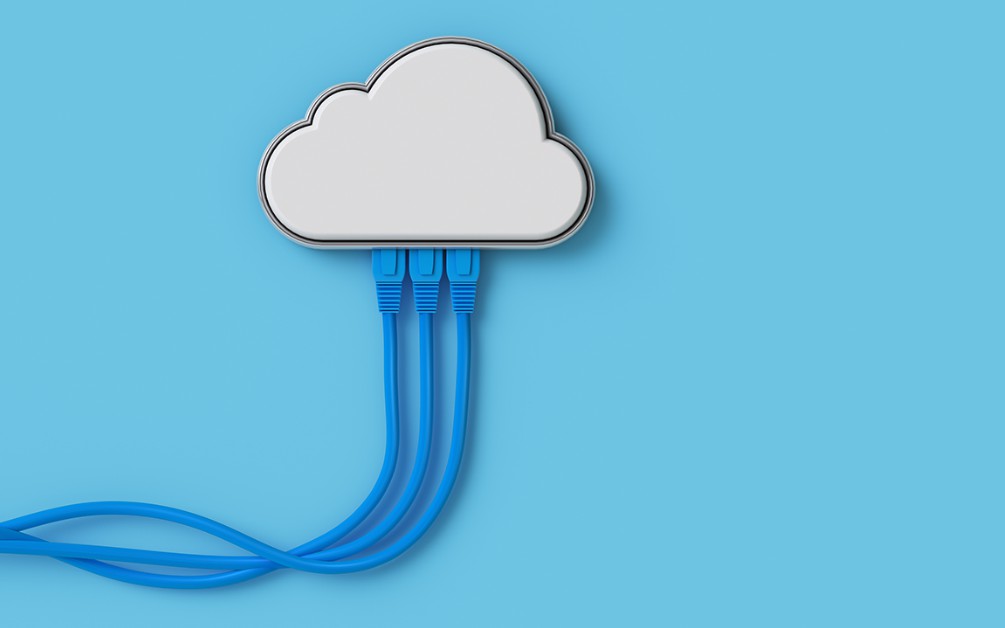Let’s say you’re kicking off a project, maybe it’s an app, data store, IoT project, etc. No matter what you’re building, you will almost always need a database, the foundation of most applications. While this initial decision is easy, it gets infinitely more complicated from there.
What kind of database do I need? Where do I put it? How many do I need? Why am I doing this to myself? Ahhhh, this was supposed to be a simple project!
Enter Database-as-a-Service (DBaaS), where you don’t have to worry about managing installation, configuration, maintenance, IT staffing, or anything else that comes with running a database in-house. Many database vendors offer DBaaS as a quick, easy, secure, and cost effective way to get your project up and running. Database-as-a-Service runs in the cloud and is definitely something you should consider, and this blog will discuss some of the reasons why.
Simplicity
First, and most importantly, DBaaS is simple. The simplicity of clicking a button to spin up a database instance cannot be beat. All you need to do is put in a credit card (some even offer free tiers, so skip this step), set a couple instance parameters, and click go. You’ll have a fully functional database instance in a couple minutes. That’s called rapid provisioning, and it’s awesome.
Effectively you’re outsourcing the database configuration and administration to the people who know how to do it best, usually the company that built the database in the first place. Many service providers include or offer backups, recovery, tuning, optimization, patching, and upgrading. This allows you or your team to focus on what you know best: the application. Get rid of the headaches of on-premises hosting and spin up a DBaaS database in minutes.
Costs
If your boss isn’t so keen on the idea of outsourcing, the ability to cut costs may get his or her attention. DBaaS models are typically significantly less expensive than their on-premise alternatives. There’s no need for IT staff to deploy, manage, upgrade, or maintain the database and the hardware it would run on, all of that is bundled into the price of the instance. This typically leads to a reduction in downtime, which leads to improved customer satisfaction.
That may not be explicitly calculated into cost, but it is usually reflected in revenue. The best part of paying for DBaaS is that they follow a pay-per-use model, so you’re only paying for exactly what you’re using. If you spin up a few extra instances for a month of testing, you’ll only pay extra in that monthly fee. Forget about software license costs and concerns because it’s all taken care of with DBaaS.
Security
You may be wondering about security. What happens when I let data out of my control? It’s a valid concern. Ultimately the best security is to never put data online in the first place, but that’s just plain unrealistic. Cloud providers are now quite good at ensuring that your data is secured. DBaaS providers offer strong, configurable firewall rules allowing you to expose your data where you want it, and only where you want it.
Communication will most likely take place over a secured protocol like HTTPS, SSL, etc. Practically every database I’ve ever come across has user access controls, configurable users and roles, or some sort of security protocol required to access any data. My favorite security fact is that DBaaS providers typically utilize large data centers either provided by themselves or the larger cloud providers like Amazon Web Services. Their data centers are some of the most physically secure facilities on the planet.
Secured 24/7, 365 days a year. While physical security is often overlooked in technology, you can rest assured that it’s covered. Security is vital in any as-a-Service business and companies do everything they can to ensure your data is secure.
Scalability
Along the lines of the pay-per-use model, scalability is one of the major benefits of using a Database-as-a-Service. With just a bit of administration, usually by clicking around in a management console of some sort, you can scale your database or databases. Vertical scaling is as simple as increasing RAM, processors, storage space, etc., just by incrementing some numbers.
Give the instance a few minutes to reprovision and just like that you’ll have a more powerful database. When it comes to horizontal scaling, it’s as simple as spinning up more instances. Rapid provisioning here we come! Many databases offer clustering configurations allowing multiple instances to work in conjunction with each other. Ideally, the management studio allows users to connect various instances as part of the cluster. Again, you’ll quickly have a horizontally scaled database platform without having to leave your browser.
#cloud #cloud computing #data storage #database as a service #database
